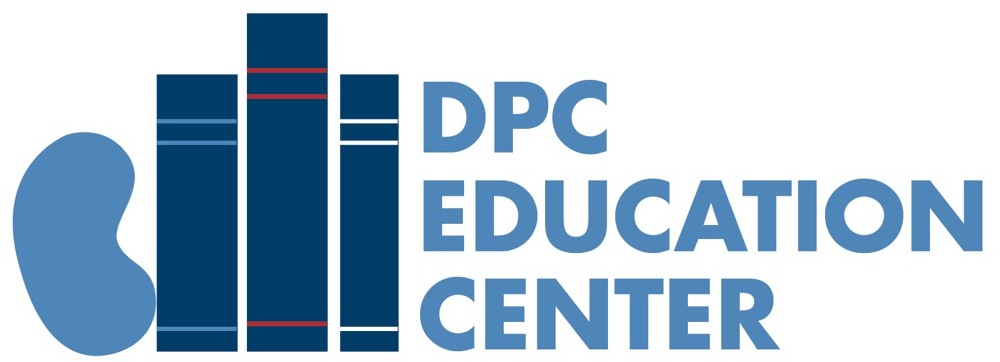Non-invasive Methods
These are methods, like a basic physical examination and medical history, where the doctor will look for signs such as swelling that will prompt additional tests. The doctor will also review family medical history to determine if more tests are necessary.
- Urinalysis - is a quick urine strip test that may or may not include microscopic analysis. It can quickly detect abnormalities such as traces of blood that may indicate inflammation or irritation in the urinary tract. Urinalysis can also detect an excess of white blood cells, which is most commonly associated with infections.
- Microalbuminuria – is an additional more in depth urinalysis that is used to detect albumin in the urine. This test is often done when protein comes out negative in a basic urine test, but the patient has risk factors that could indicate kidney disease.
- Creatinine Clearance – is another more in depth 24 hour urine collection test. It is used to give a total picture of kidney function instead of just a point in time like the urine stick test.
Two other important diagnostic indicators used by doctors are blood pressure and growth measurements. Along with the heart, the kidneys are crucial to regulating blood pressure. Since high blood pressure is rare in children it is a warning sign that the kidneys need further evaluation. Additionally, accurate growth measurements can provide a clue to diagnosing some kidney diseases, because children with chronic kidney disease often grow poorly.
Imaging studies
Are usually suggested by a nephrologist, a doctor who specializes in the diagnosis and treatment of kidney diseases.
- Standard X-rays - are used to capture an image of the body that can be used to determine the presence of kidney stones and can sometimes be used to measure physical characteristics of the kidney.
- Angiography or an angiogram - is an imaging technique that uses x-rays and contrast dye to view your body’s blood vessels. This test is commonly used to assess blockages or narrowing of the renal artery.
- Intravenous Urography (IVU) - is another imaging technique that uses contrast dyes to measure the size and shape of the pelvis and ureters.
- Ultrasounds - are the most common imaging study and are used to show the details of the kidney, including size, appearance, anomalies, blockages of urine, and tumors. Ultrasound is painless and importantly does not require the use of radiation.
- Computerized tomography (CT) Scans - uses a computer to create three-dimensional imagery of a series of x-rays. They are useful for revealing the anatomy of the kidneys or bladder and, in some cases, are better than ultrasounds for finding kidney stones. CT scans however, do have the risk of radiation exposure and sometimes have additional risks due to use of intravenous contrast dye.
- Magnetic resonance imagery (MRI) - uses a magnetic field and a computer system to create a detailed picture of the kidney. The result is similar to the functions of the CT scan. Recently, the contrast dye gadolinium, used in MRIs, has been associated with nephrogenic systemic fibrosis (NSF), a potentially fatal skin disease in patients with decreased kidney function.¹
Invasive
Imaging studies can still only tell so much. Additional blood tests are necessary for doctors to determine how well the kidneys are filtering waste products and balancing the bloodstream's chemical makeup.
- Serum creatinine - creatinine is a waste product produced by the muscles that is filtered through the kidneys. Blood creatinine levels can demonstrate how well the kidneys are working overall. Creatinine levels though can be tricky due to differences in measurement techniques and muscle mass, especially when applied to children.
- Blood Urea Nitrogen (BUN) – urea is a product of protein from food that is broken down in the body. It is a solid indication of kidney function because the level of urea rises as kidney function declines.
- Glomerular filtration rate (GFR) - is the current gold standard test of how much the kidneys are working. Estimated GFR is calculated based off of factors such as blood creatinine levels, age, sex and other indicators to provide an idea of how well the kidneys are functioning.2
- Voiding cystourethrogram (VCUG) - is commonly used to evaluate the bladder and Ureters. This procedure involves putting a dye into the bladder to see whether there is and obstruction or reflux of urine from the bladder back up to the kidneys when a child urinates.
In addition, other blood tests such as a comprehensive metabolic panel (CMP) are used to determine levels of sodium, potassium, calcium and phosphate to determine the extent of kidney failure. Physicians may also want to perform a complete blood count (CBC) that includes the levels of white and red blood cells, hemoglobin, platelets that can help determine issues such as infections and anemia.
The physician may also order a kidney biopsy to evaluate kidney function. A biopsy is a procedure in which a small piece of the kidney tissue is removed with a needle. The procedure is performed while a child is under anesthesia, it is a simple procedure that can help make an accurate diagnosis of the kidney failure in about 9 out of 10 cases.3 It's especially helpful in the diagnosis of nephritis and nephrosis.
References
- Sagireddy, Purushottama, MD. Use of Radiological Tools for Evaluating Kidney Disease. Retrieved from http://www.davita.com/kidney-disease/overview/symptoms-and-diagnosis/use-of-radiological-tools-for-evaluating-kidney-disease/e/4725.
- National Kidney Foundation. About Chronic Kidney Disease. Retrieved from http://www.kidney.org/kidneydisease/ckd/knowgfr.cfm.
- Bacchetta, Justine, Cochat, Pierre, Rognant, Nicholas. (2010). Which Creatinine and Cystatin C Equations Can Be Reliably Used in Children. Clinical Journal of the American Society of Nephology. Volume 6:3. Retrieved from http://cjasn.asnjournals.org/content/6/3/552.abstract.



